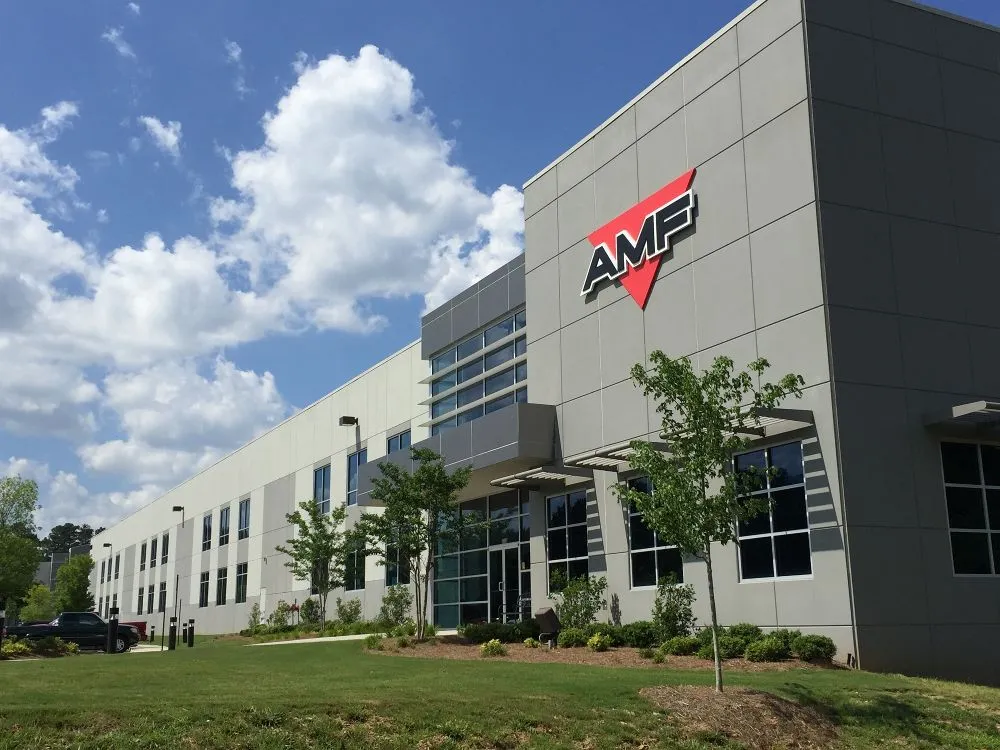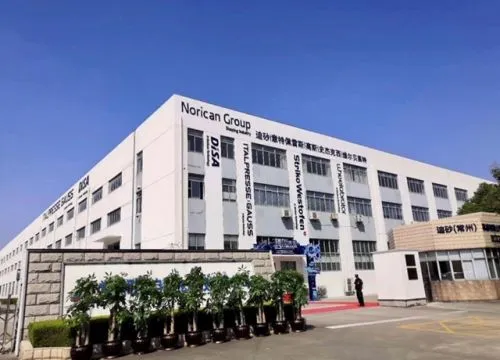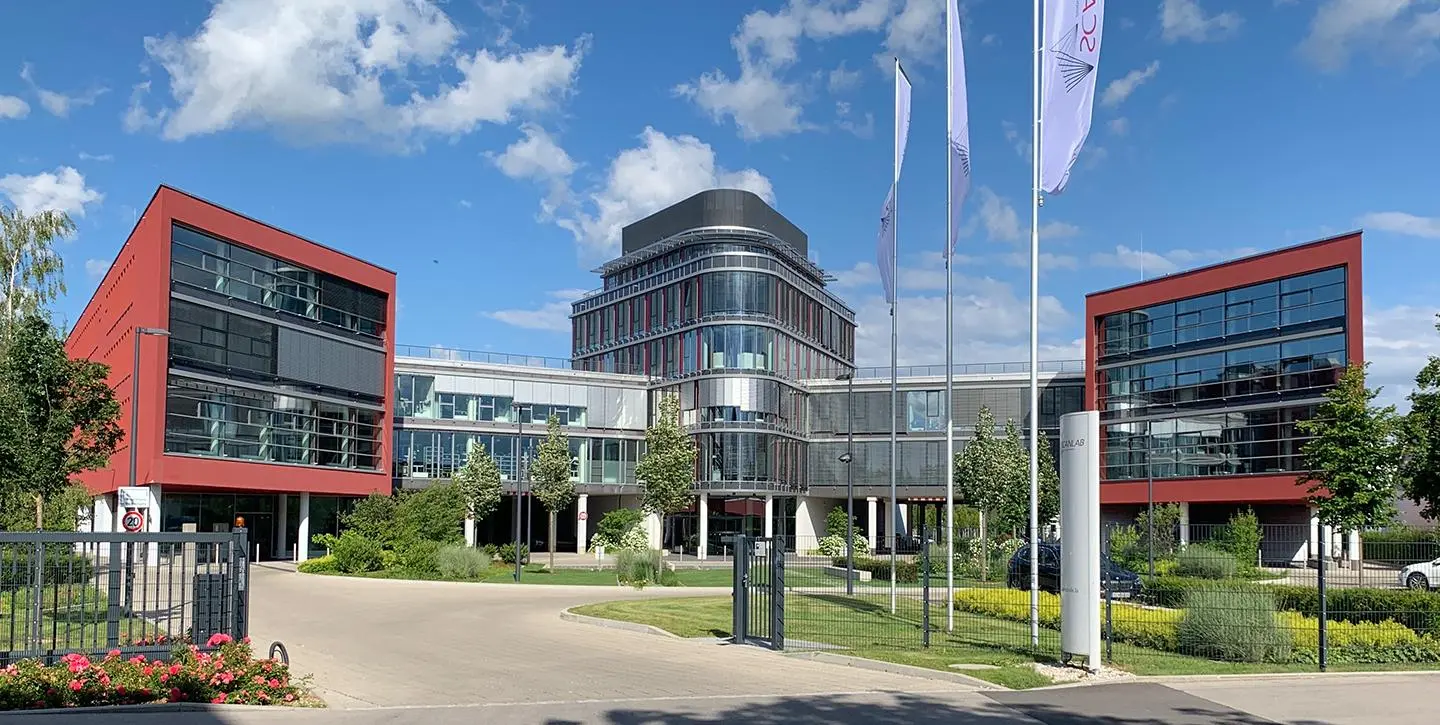Articles
PLM vs. ERP
It is fair to state, that the 21st century can be called the “system approach age” of management. Nowadays, more and more companies are equipped with either an enterprise resource planning (ERP) system, a product lifecycle management (PLM) system or with both. People got so used to them, yet, lots of managers still cannot answer this simple question: “What is exactly the difference between an ERP and a PLM system?”
Comparing ERP and PLM
We could start with comparing the names first, but that would not bring us that far: is ERP for enterprise management and is PLM for production management? Well, partly, but the whole thing is much more complex, than this. It is better to have a look at the definitions:
- “Enterprise Resource Planning is a software that allows companies of all sizes to manage their entire business organizations, including supply chain, procurement, human resources, financials, and projects.” (Microsoft, 2018)
- “Product Lifecycle Management is the business activity of managing, in the most effective way, a company’s products all the way across their lifecycles; from the very first idea for a product all the way through until it is retired and disposed of. PLM is the management system for a company’s products.” (Start, 2018)
These definitions should somehow clear some confusion and could start to show real differences between the two systems.
An ERP system is an integrated system that manages processes organization-wise, used for the planning and scheduling of company resources. Being an integrated system comprehends having several different departments in a single, common environment, making inter-department processes easy to execute.
A PLM focuses on single products or product groups while establishing visibility around them through their whole lifecycle. PLM integrates and manages product data and processes in a single, information-driven system.
Which one is better?
It depends: in what? Several articles were written that circles around this question, and all of them conclude that as every company and company goal is different there is no general answer to this. Some organizations’ profile might suggest using a PLM, while an ERP might be more suitable for other, more complex manufacturing companies with multiple sites.
However, if the goal is to create a complete link between engineering and manufacturing, it should be considered to use both systems in synergy. This ensures that a single product is followed through its journey from planning through development to being shipped to another site and then sold to the customer.
ERP-based PLM
By now, we have a basic understand of what ERP and PLM are and the relationship between them. Even with shallow knowledge background, you might ask yourself, that if the connection between the two systems is so crucial and beneficial, can this integration be on a higher level? The short answer is yes, by using an ERP-embedded PLM.
Having a PLM embedded in the ERP represents the highest possible integration between the two systems: having an ERP-embedded PLM overcomes common issues arise from synchronization between the two environments, as there is only one, common system to maintain which the data does not leave through the processes. This results in having a more time-efficient process management and lowers the possibilities for errors. Besides, by having a single collaborative setting, people do not have to learn to use an additional system, they are going to work in the same user interface which they are already familiar with.
Nevertheless, there is one major throwback in using an ERP-embedded PLM; the availability of possible PLM solutions are limited by the used ERP system. Besides, if the organization decides upon changing the ERP system, they have to look for a new PLM system too. Although some PLM vendors might have connector programs to overcome this barricade, but these usually offer a limited solution.
We hope we’ve made you a little wiser. Please, don’t hesitate to contact us with any questions you might have.
What is the difference?
What have our customers accomplished?

Automated Bakery Equipment Solutions
Achieved 150% revenue growth, due to PLM and ERP implementation. Errors were reduced, and quality management boosted product reliability and customer satisfaction. Streamlined processes increased productivity across all functions…
Your benefits with Bluestar PLM
Easy access to data
CAD users gets direct access to ERP data directly from the CAD system. Users in the supply chain have access to related information on BOMs and items, allowing everybody to work with the same set of information.
Improved collaboration
Collaborate efficiently across destributed multi-discipline engineering and manufacturing teams, as well as sub-suppliers and the extended enterprise.
Eliminate redundant data entry
Unifies data in the CAD, PDM and ERP inside Dynamics 365 F&SCM, bringing an end to manual data entry and the existence of redundant data.
Optimized efficiency
By minimizing the time spent on clerical tasks, such as manually transferring data to other teams, the engineering team can spend time where it is most valuable: executing projects and perfecting designs.
Reduce errors and save time
By automatically updating changes to product data, the task of manual data handling is reduced, leading to fewer errors.
Future-proof and scalable
Paves the way for an easy implementation of ERP-based PLM in the future that is integrated with your existing PDM and CAD tools.
The way Bluestar PLM interacts with all the other areas of our ERP system makes it very powerful. For example, with Bluestar, it takes about 90 seconds to both configure the part and create the CAD drawing. There is really no comparison when it comes to what you can gain by having software like that.
– Farooq Mohammad, Hannibal Industries
We chose Bluestar because it is an engineering solution. It could also integrate with computer-aided design (CAD), something that is extremely important for us as a manufacturer. Ultimately, it just blew the socks off the competitors as an engineering-focused solution to manage our parts, products and lifecycle management.
– Stefan Naude, Bel Power Solutions



